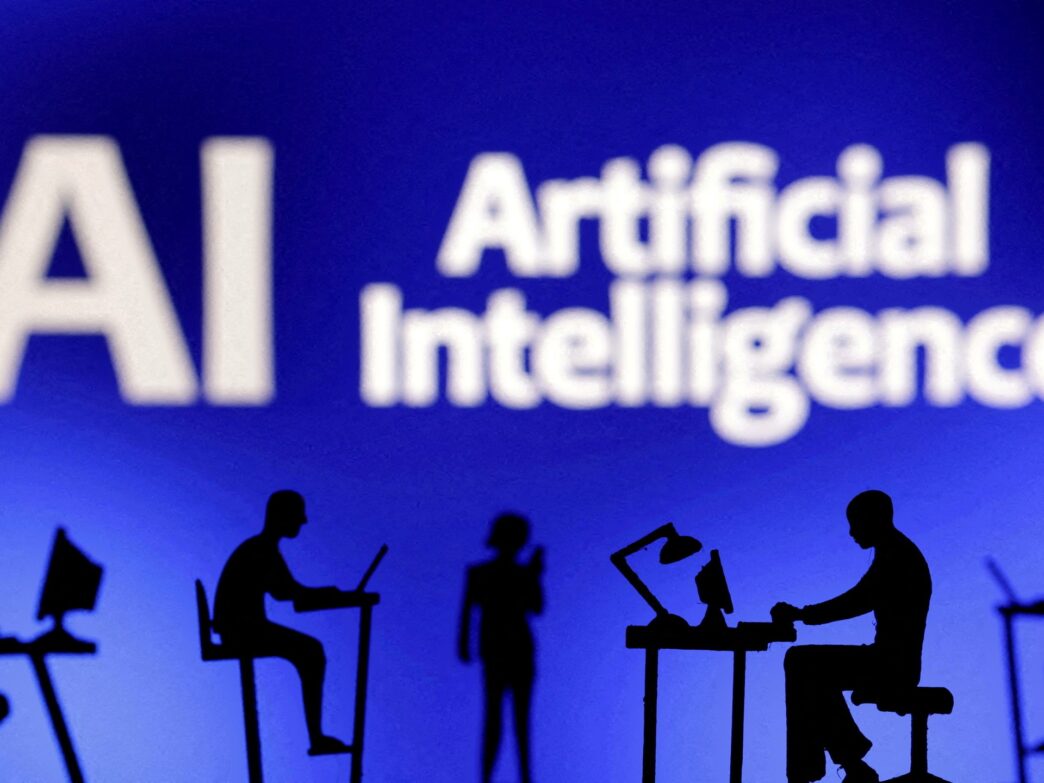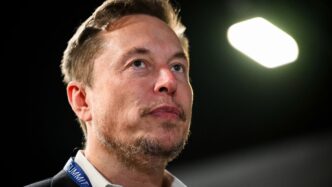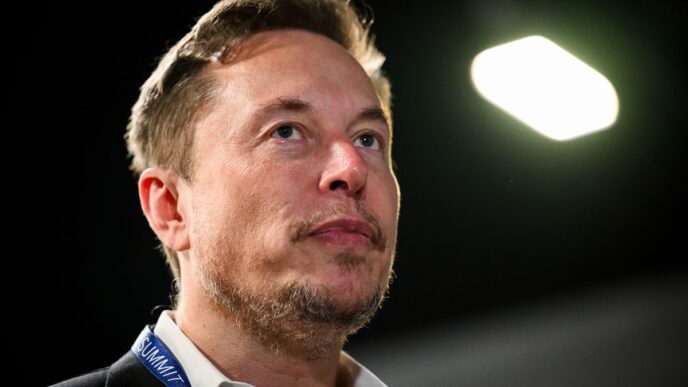DeepSeek just launched R1, China’s free, open-source AI model, shaking up the global AI scene. The model is offered royalty-free and has rattled markets worldwide. Investors dumped over $1 trillion in US tech stocks after the release, fearing China’s move could undermine Silicon Valley’s AI dominance.
R1 is being called "China’s answer" to OpenAI’s GPT-4 and reportedly cost under $6 million in compute using Nvidia’s H800 chips. This is a fraction of GPT-4’s rumored development costs in the hundreds of millions. DeepSeek’s low-cost, open approach spells trouble for pricier, closed US models.
Alibaba and France’s Mistral AI are following China’s lead, releasing free models and open source frameworks. The US is seen as stuck guarding pricey proprietary tech while China scales fast via open collaboration. Nvidia CEO Jensen Huang warned export curbs may actually boost China’s chip capabilities.
Meta’s chief AI scientist Yann LeCun called R1’s rise an open-source win, not just a China vs US race. But the stakes are clear: free access challenges the commercial value of private AI models. China’s mass rollout strategy pressures rivals to either compete on scale or lose out entirely.
China’s tight content controls could limit R1’s global trust though. Issues around censorship and politically sensitive topics have already affected user experience on Chinese platforms with US users.
US AI leaders, including Elon Musk’s Grok-1 and OpenAI, are now shifting toward openness to keep pace. The future of AI dominance could hinge less on locking down models and more on openness — a principle China is exploiting right now.
DeepSeek’s R1 launch flipped the script on AI economics and geopolitics. The US may need to rethink its closed-door playbook or risk being sidelined in the next AI wave.
Palmer Luckey stated:
"The great irony is that the next leap in US tech dominance may come as an (un)intended consequence of China’s so-called ‘socialist AI’ approach."














